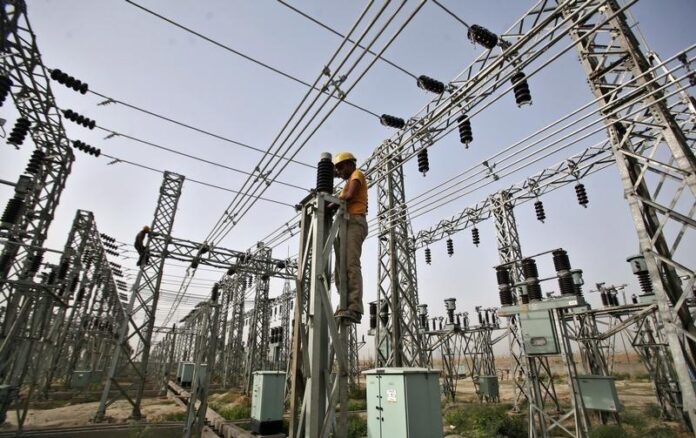ISLAMABAD: The Power Division has raised serious concerns to the National Electric Power Regulatory Authority’s (NEPRA) newly issued seven-year Multi-Year Tariff (MYT) for K-Electric (KE), cautioning that the decision could disrupt the federal government’s subsidy framework and discourage future investment in the power sector.
Federal Minister for Power, Sardar Awais Khan Leghari, in a sharply worded statement posted on social media platform X (formerly Twitter), warned that NEPRA’s determinations would have lasting consequences for the uniform tariff policy and overall regulatory predictability. He pointed out that the Ministry had serious concerns over NEPRA’s recent decisions related to KE’s licenses for generation, transmission, distribution, and supply, which also address the utility’s investment plans for the upcoming MYT period.
Leghari stressed that delays in revising the tariff for KE’s old generation plants — a matter pending before NEPRA since December 2024 — were placing substantial financial strain on the power sector. He warned that neglecting such critical regulatory matters could weaken the regulatory framework and harm efforts to promote private sector participation, particularly in the distribution segment.
NEPRA, in its determination issued Tuesday, approved an average base tariff of Rs39.97 per unit for KE for the fiscal year 2023–24 under a seven-year MYT regime that will be applicable through FY 2029–30. The tariff structure is designed to support KE’s Rs400 billion ($1.42 billion) investment plan and to provide long-term regulatory clarity. NEPRA stated that this framework aims to ensure financial sustainability and enable the utility to undertake long-term infrastructure development and upgrades.
The regulator acknowledged KE’s post-privatization performance improvements, particularly in reducing line losses and addressing electricity theft due to unplanned urban expansion. KE claims its post-privatization investment of $700 million, alongside reinvested profits, has contributed to over $4 billion in network modernization. KE’s returns have been benchmarked against dollar-based models similar to those used for Independent Power Producers (IPPs) and high-voltage DC (HVDC) transmission operators.
For the fiscal year 2023–24, KE’s total revenue requirement has been determined at Rs606.92 billion. This includes a supply margin of Rs34.68 billion, Rs5.91 billion in operations and maintenance costs, and Rs36.25 billion attributed to recovery losses. These are offset by a negative Rs1.24 billion in working capital adjustments, Rs6.24 billion from other income, and a negative Rs6.69 billion from prior year adjustments. As a result, the final net margin stands at Rs34.68 billion.
NEPRA also considered KE’s actual and projected recovery ratios, which stand at 91.5 percent for FY 2023–24 and 90.5 percent for FY 2024–25. These figures contributed to reported financial losses of Rs40 billion and Rs57 billion in the respective years. Despite estimating a return of Rs21.6 billion on distribution, NEPRA cautioned that KE would continue to face financial instability without an allowance for recovery losses, particularly in the initial years of the MYT regime.
To manage this risk, NEPRA approved a staggered recovery allowance starting from 93.25 percent in FY 2023–24 and increasing gradually to 96.50 percent by FY 2029–30. The regulator emphasized that the MYT was structured to stabilize consumer tariffs, improve operational efficiency, and support forward-looking investment planning. It also acknowledged the practical lapse of FY 2023–24 and the near conclusion of FY 2024–25 in framing its determination.
The MYT determination is now awaiting official notification in the gazette. Under Section 31(7) of the NEPRA Act, if the federal government fails to notify the decision within 30 days, NEPRA is legally authorized to do so itself.




